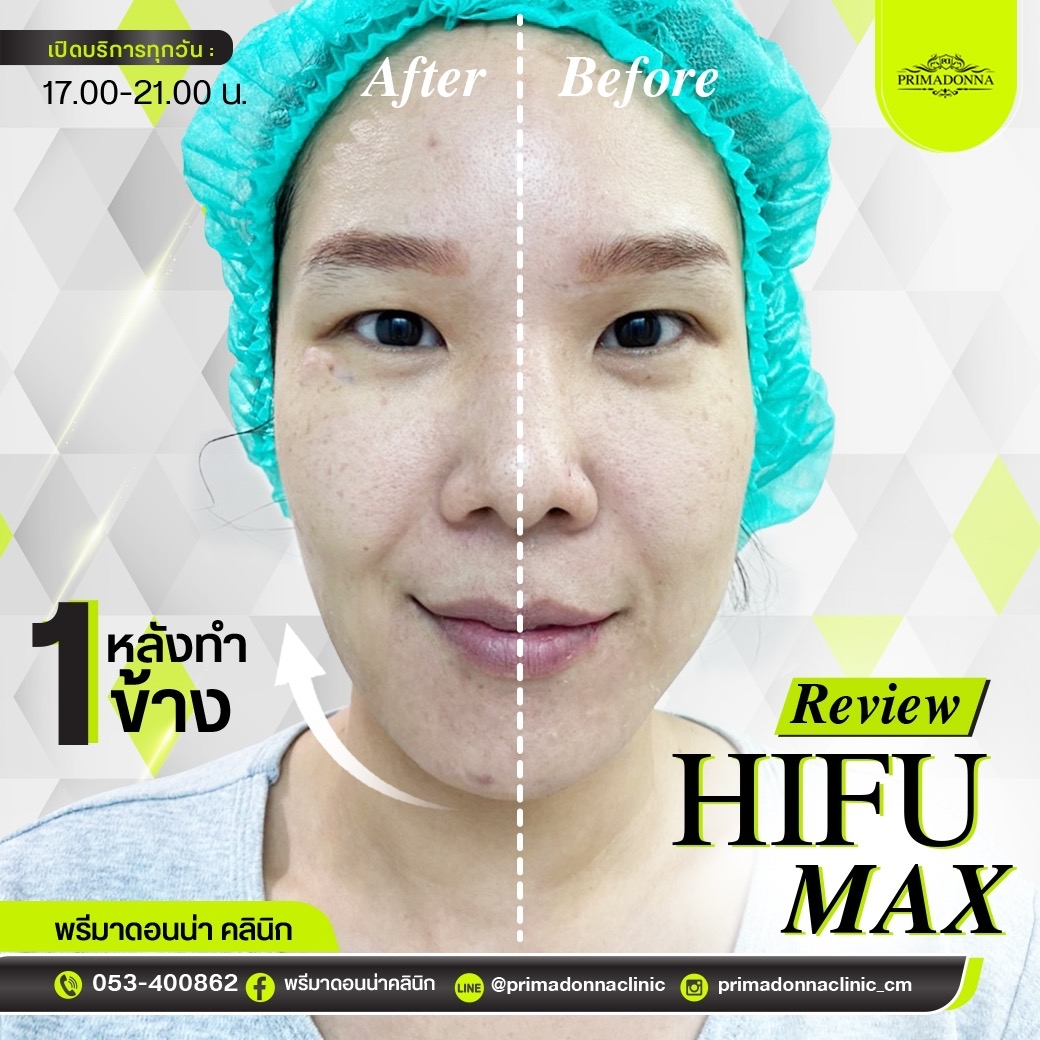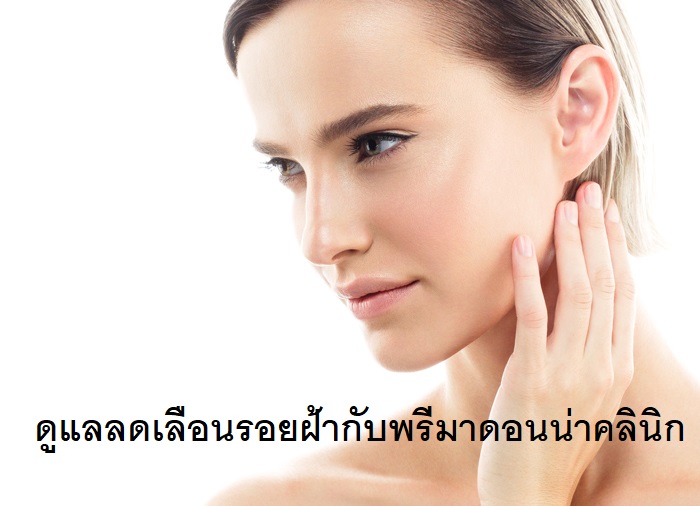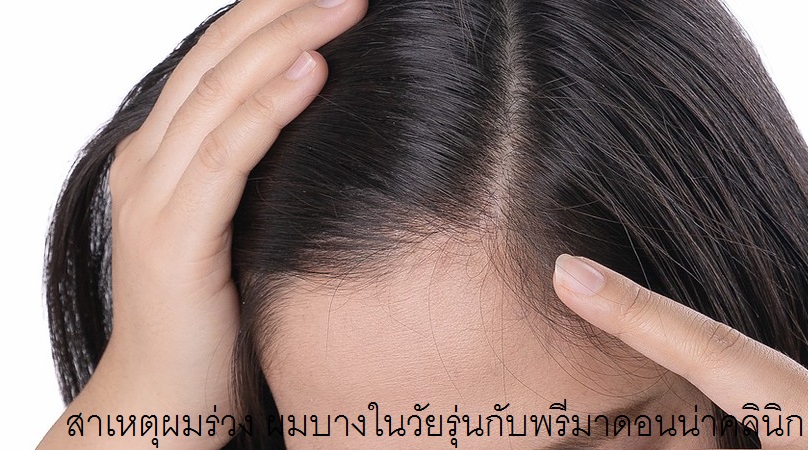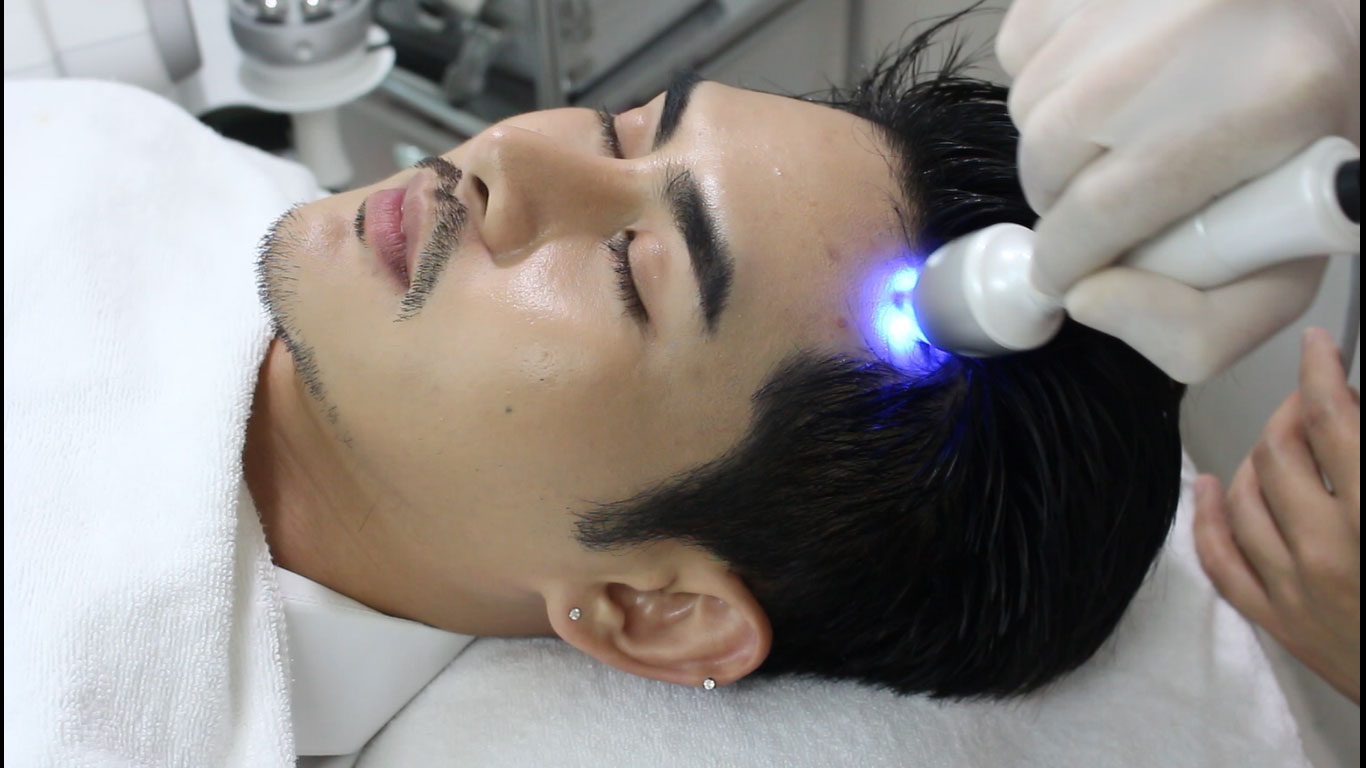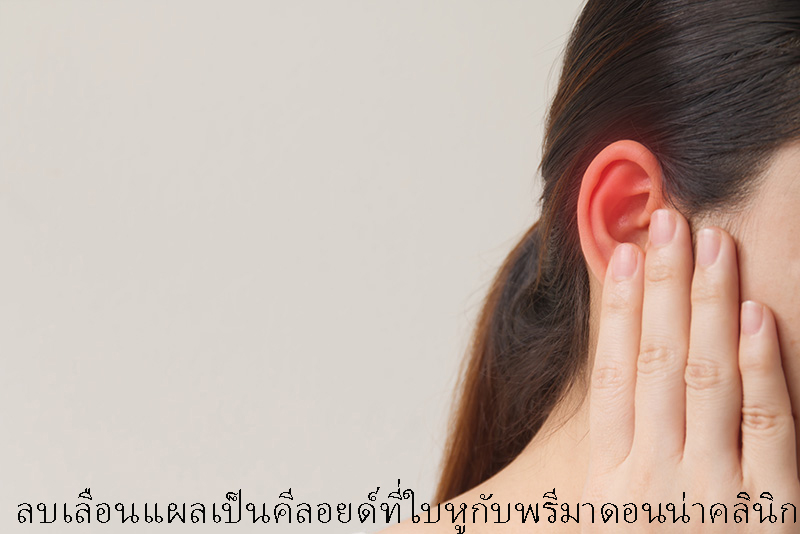
Ear Keloids
Ear Keloids
Examples of keloids in various portions of the ear.Ear keloids are firm, rubbery, fibrous nodules that form on the ear after minor trauma, most commonly after ear piercing. They can occur in earlobes as well as in the skin and cartilage higher on the ear. Ear keloids can vary in color, from flesh colored to pink to dark brown.
Keloids can be itchy or painful. They may also grow to be quite large and may distort or deform the ear.
Ear keloids are caused by excessive scar tissue formation from skin injury. The keloid forms when an overgrowth of granulation tissue (type 3 collagen) is then replaced by type 1 collagen. Keloids grow beyond the boundaries of the original wound, in contrast to hypertrophic scars, which will appear as a raised scar but not grow as large as keloids.
It is unclear why keloids occur more commonly in people with darker skin pigmentation, including African American, Asian, and Hispanic people. Keloids may affect people of all ages, but most people start developing keloids after puberty.
Ear keloids are notoriously difficult to treat, as surgical removal (excision) may lead to recurrent keloid scar formation up to 80 percent of the time. Recurring keloids may even be larger than the original keloid scar. The likelihood of recurrence is not affected by the person’s age, gender, keloid size or location.
Symptoms of itchiness and pain caused by ear keloids may be alleviated with steroid injections, and small keloids may respond by becoming softer. These injections be performed in your doctor’s office.
Depending upon your child’s age and the size of the keloid, a surgical excision may be performed at your doctor’s office using local anesthesia, or in the operating room under a general anesthetic. Large keloids are generally excised, as long you and your child accept the risk that the keloids may recur.
To decrease the risk of recurrence, your child’s surgeon may decide to inject the edges of the ear keloid with steroid medication prior to suture closure. Your child may also benefit from the use of pressure earrings after the incisions are no longer tender. Additional steroid injections may be recommended if the scars begin to thicken in the months following surgery.
Ear keloids that are large or difficult to manage may benefit from immediate post-surgical radiation. If this treatment option is right for you or your child, three days of post-surgical radiation will begin within 24 hours after surgical removal of the keloid. This may reduce the rate of recurrence to as low as 10-15 percent. If you or your child are candidates for radiation to treat ear keloids, you will be referred to the Radiation Oncology Department at the Hospital of the University of Pennsylvania to discuss the risks and benefits of short term radiation exposure.
Most recently, the use of liquid nitrogen to freeze ear keloids has been reported to have a high rate of success and low rate of recurrence. This technique was first trialed at the Hospital of the University of Pennsylvania in 2013. If you are interested in this potential treatment option, please speak with your plastic surgeon for more information.

